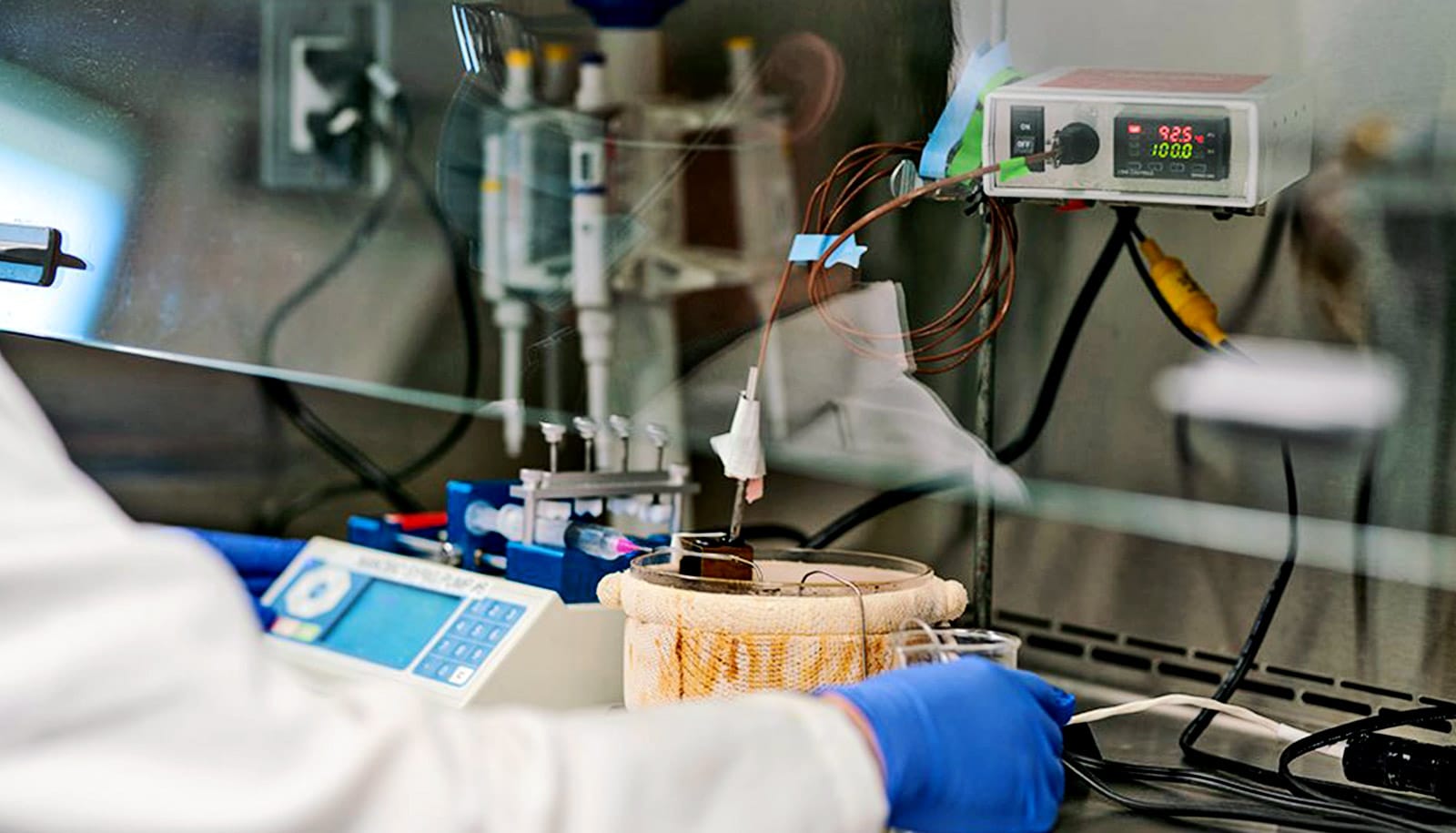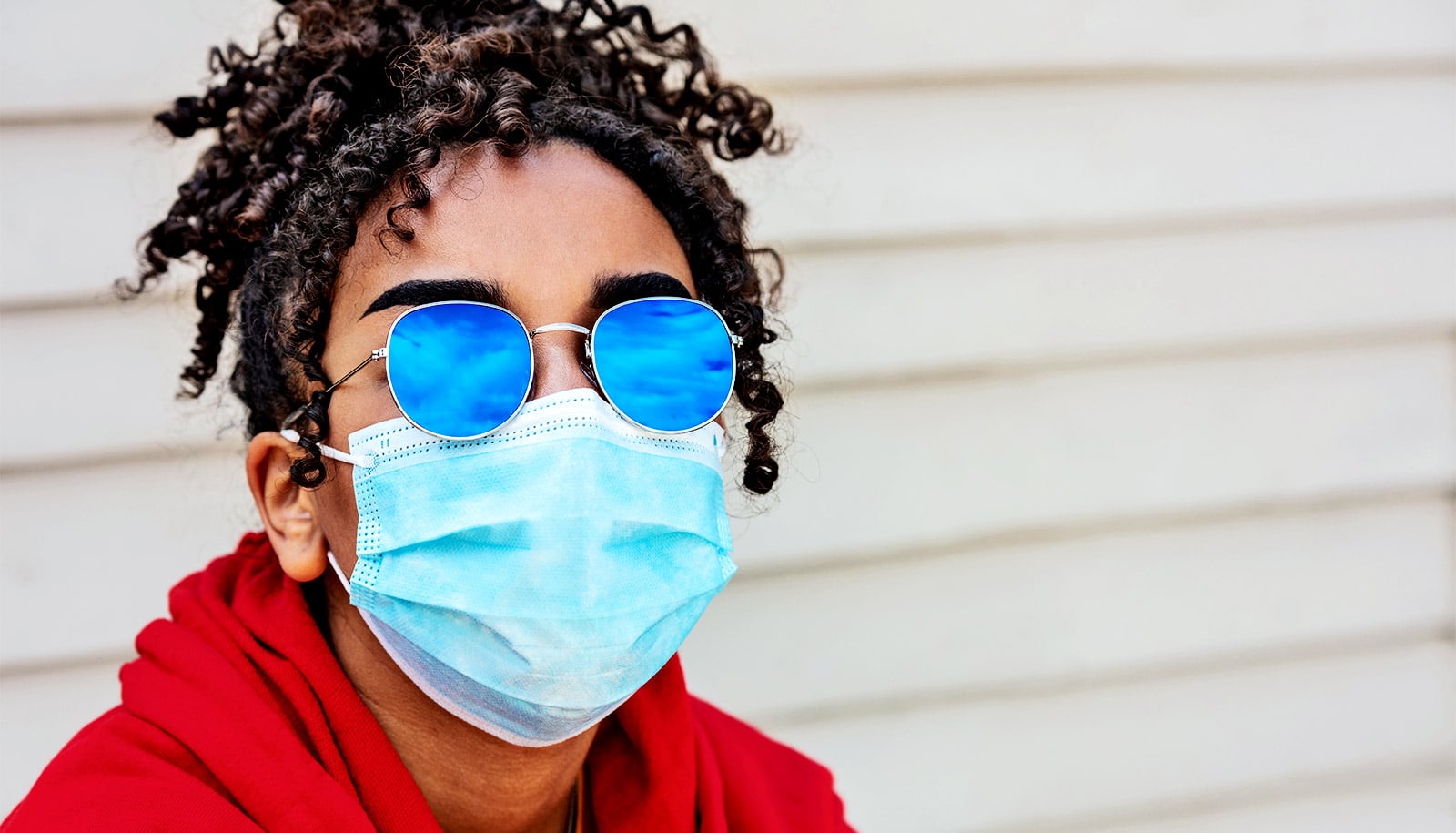Proper heating will eliminate the virus that causes COVID-19 from a standard disposable surgical mask without degrading the mask itself, according to a new study.
It doesn’t take fancy equipment, either. Just heat it at 160 degrees Fahrenheit in your own oven for five minutes.
The new study in Journal of Hazardous Materials shows masks can be decontaminated and reused multiple times before degrading.
Best of all, heating to 70 degrees Celsius (approximately 160 F) killed more than 99.9% of SARS-CoV-2 and other viruses researchers tested, meeting FDA guidelines for decontamination. That shows promise for adapting the protocol to handle future outbreaks where personal protective equipment (PPE) is at a premium.
The new paper is the third in a series the COVID-19 pandemic prompted. The first paper from August 2020 suggested a thermal approach to decontamination would be viable.
The second paper, which appeared this May, compared the effects of ambient temperature ranges on the virus in several US locations.
How heat decontaminates viruses
The current study introduces a modeling framework researchers can use to determine just how much heat one needs, and for how long, to kill a particular virus. The framework applies not only to airborne viruses like SARS-CoV-2, but also to viruses that live on surfaces and transmit primarily by touch, says Daniel Preston, an assistant professor of mechanical engineering at Rice University’s George R. Brown School of Engineering.
In describing their strategy, Preston and graduate student Faye Yap detailed decontamination methods that have been tried but only work to a degree: exposure to ultraviolet light, because it doesn’t reach into folds or crevices common to masks; steam, because it can compromise the structure of a mask; or chemical disinfectants that can leave harmful residues and may also degrade the material.
“In general, it’s been shown that ultraviolet light is pretty effective, especially for flat or smooth surfaces,” Preston says. “There’s a lot of good work out there, but not everyone has access to UV, and heat overcomes the issues presented by crevices or folds in fabrics.”
When Preston realized little had been done to create a modeling framework for decontaminating PPE, he decided his lab was right for the job, along with collaborators at the University of Texas Medical Branch, Galveston, who performed most of the heating experiments.
“We really didn’t find anything in the literature that clearly described the effect of temperature on decontamination of viruses,” he recalls. “At least nothing that could be applied to the pandemic. That got us into this even before we applied for the grant.
“Ultimately, what we hypothesized and have now found to be true is that the thermal inactivation of the virus can be easily explained by a combination of two fundamental relationships,” he says.
“One of them is the Arrhenius equation, which relates the reaction parameters to temperature. And the other is the rate law, which uses those reaction parameters to tell you how fast a reaction occurs. In this case, the reaction is inactivation of the virus itself.”
Too hot and masks will melt
It’s important to ensure the mask heats through, Yap says. Because masks are thin, that’s not as much of an issue as decontaminating larger objects, a topic of future study by the Preston lab. Heating to 70 C should work equally well for cloth masks, as long as all layers reach the required temperature for five full minutes.
Yap notes that if the heat is too high, the polymer fibers that make up most masks will melt, as they saw in microscope images of their samples. “At about 125 C, the (middle) filter layer in the mask starts to deform, and at 160 C it melts,” Yap says. “There’s a fine line when you start to approach the material’s melting point.”
But where the decontamination protocol does work, it works very well.
“If you can get the entire mass to heat up to the proper temperature, 70 degrees C, then you will still inactivate the viruses within five minutes,” Yap says. Even heating masks to the proper temperature for up to 30 minutes did not significantly degrade them, she says.
While COVID-19 is hopefully fading in the West, Preston says a shortage of PPE remains a problem in many parts of the world. A simple and effective method to decontaminate masks could help many. However, the ability to reuse masks is not the be-all and end-all of staying safe during a pandemic.
“I don’t want to claim that thermal inactivation of viruses stabilized on surfaces is going to be the main contributor to preventing the spread of COVID-19,” he says.
“Viruses are still going to spread through aerosolized droplets that transmit from one person to another. Masks can prevent that, and decontamination represents a secondary precaution to limit spread.”
Additional coauthors are from the University of Texas Medical Branch, Galveston, and Rice. The National Science Foundation funded the work.
Source: Rice University



